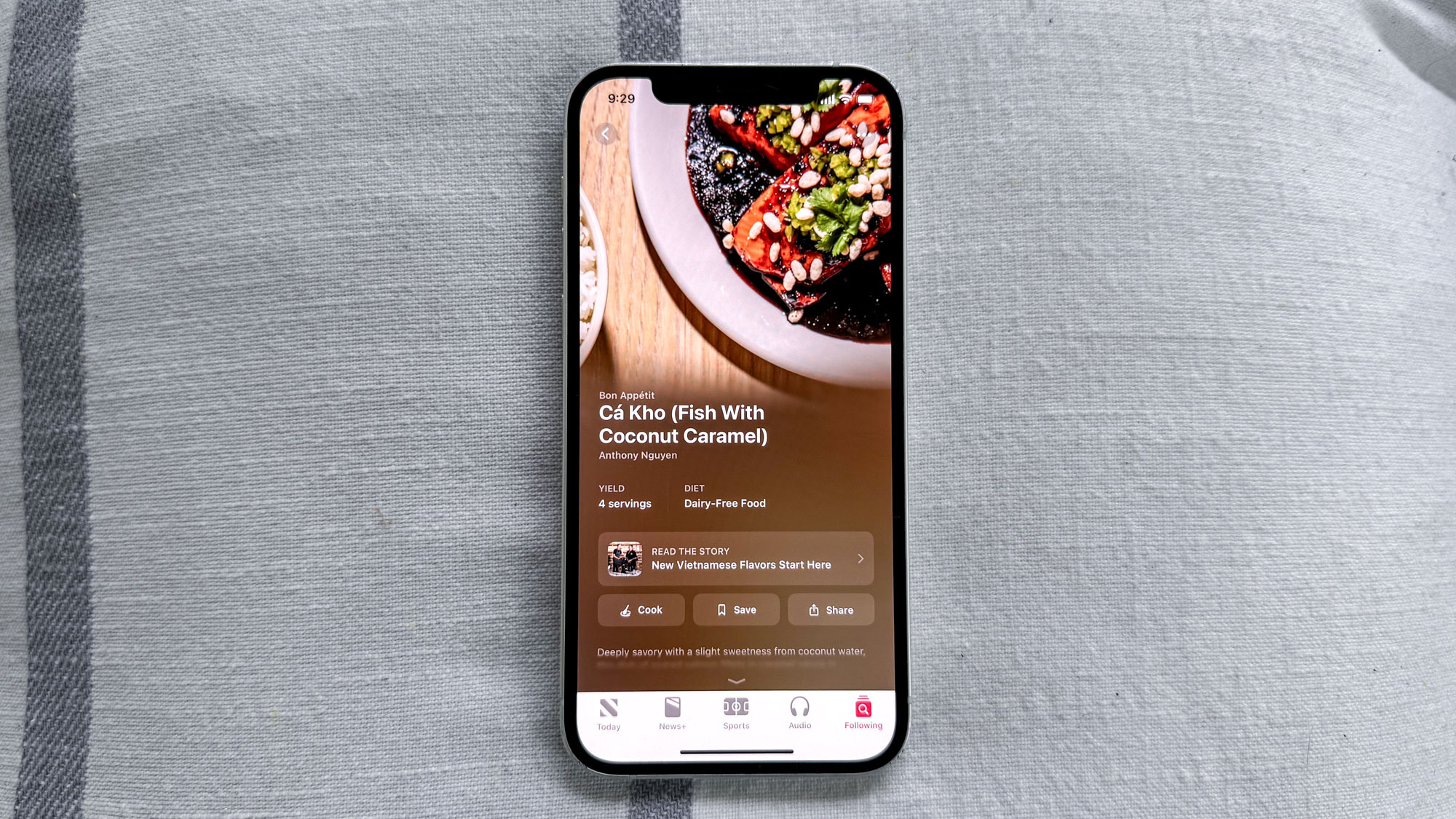Gaming phones are powerful, cool — and completely unnecessary
There are great gaming phones out there — they're the regular phones you use
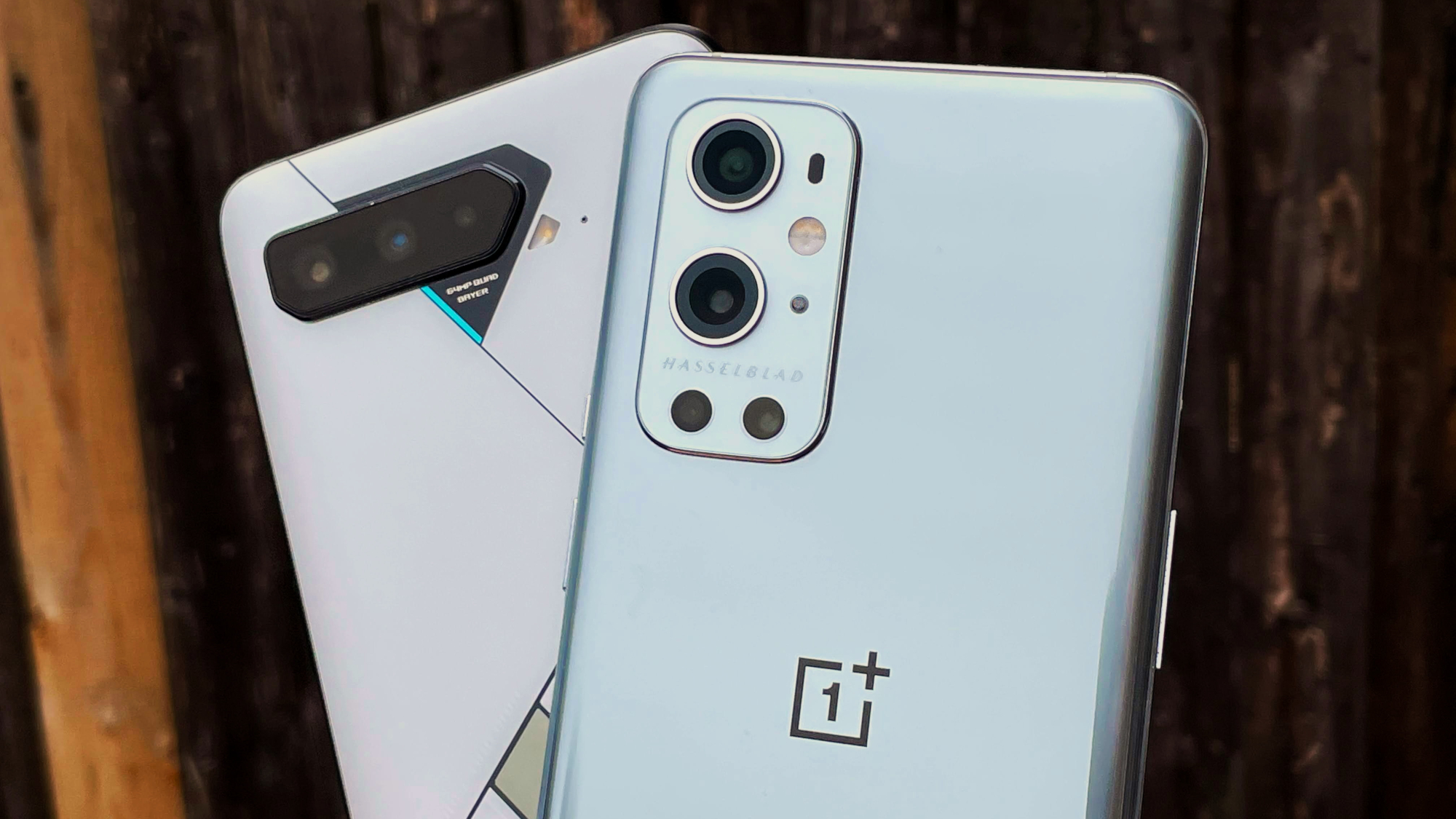
When I say "gaming phone," you probably get an image of a handset with RGB, sharp accents, futuristic sounds and plenty of horsepower. They’re big devices with huge batteries and large, expansive displays. They promise the ultimate gaming experience with minimal touch latency, an abundance of RAM, and profiles that push the processor to the max.
But what if I told you that you didn't really need most of that. In fact, you can get an equally good, if not better, mobile gaming experience on a mainstream device rather than a gaming phone.
- OnePlus 9 Pro review
- The best phones right now
- Plus: Asus ROG Phone 5 review — Over-the-top gaming power
Although the best gaming phones are still niche devices, they have introduced some modern mainstream features that have found their way into other phones, such as high refresh rate displays and infinitesimal touch latency. We can't continue without acknowledging that fact.
But the fact that these features are finding their way into devices just underscores the fact that if you're looking for a great mobile gaming experience, you don't have to confine your search to just gaming phones.
Gaming phones: Neat, but that's about it
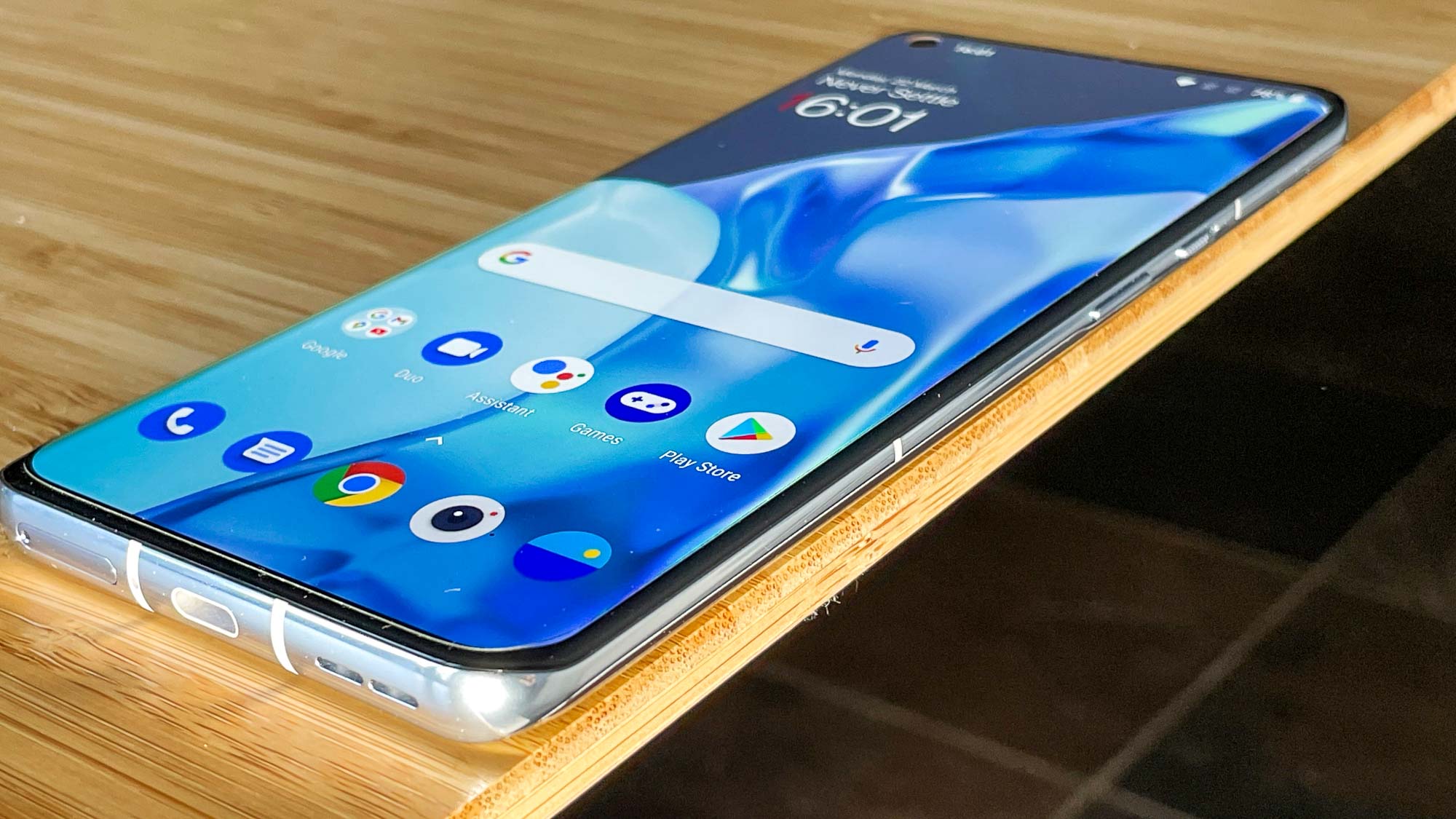
There are plenty of good gaming phones. Most recently, the ROG Phone 5 demonstrates an incredible feat of engineering with more power than you’ll probably need in most games.
Even for competitive games, like Call of Duty: Mobile or PUBG Mobile, the power that some of these gaming-centric devices pack is under-utilized. Honestly, when I reviewed the ROG Phone 5, the only title that made it struggle was Genshin Impact.
However, I have found that gaming phones aren’t the best investment for the price they command. More often than not, they don't excel at doing other tasks you rely on your phone for, notably taking pictures. For that reason, I think the best gaming phone remains the iPhone 12 Pro Max because it has a big screen, tons of horsepower, and it does everything else right, too. And the A14 Bionic chip from Apple is still beyond Qualcomm's Snapdragon 888, which powers the leading Android devices.
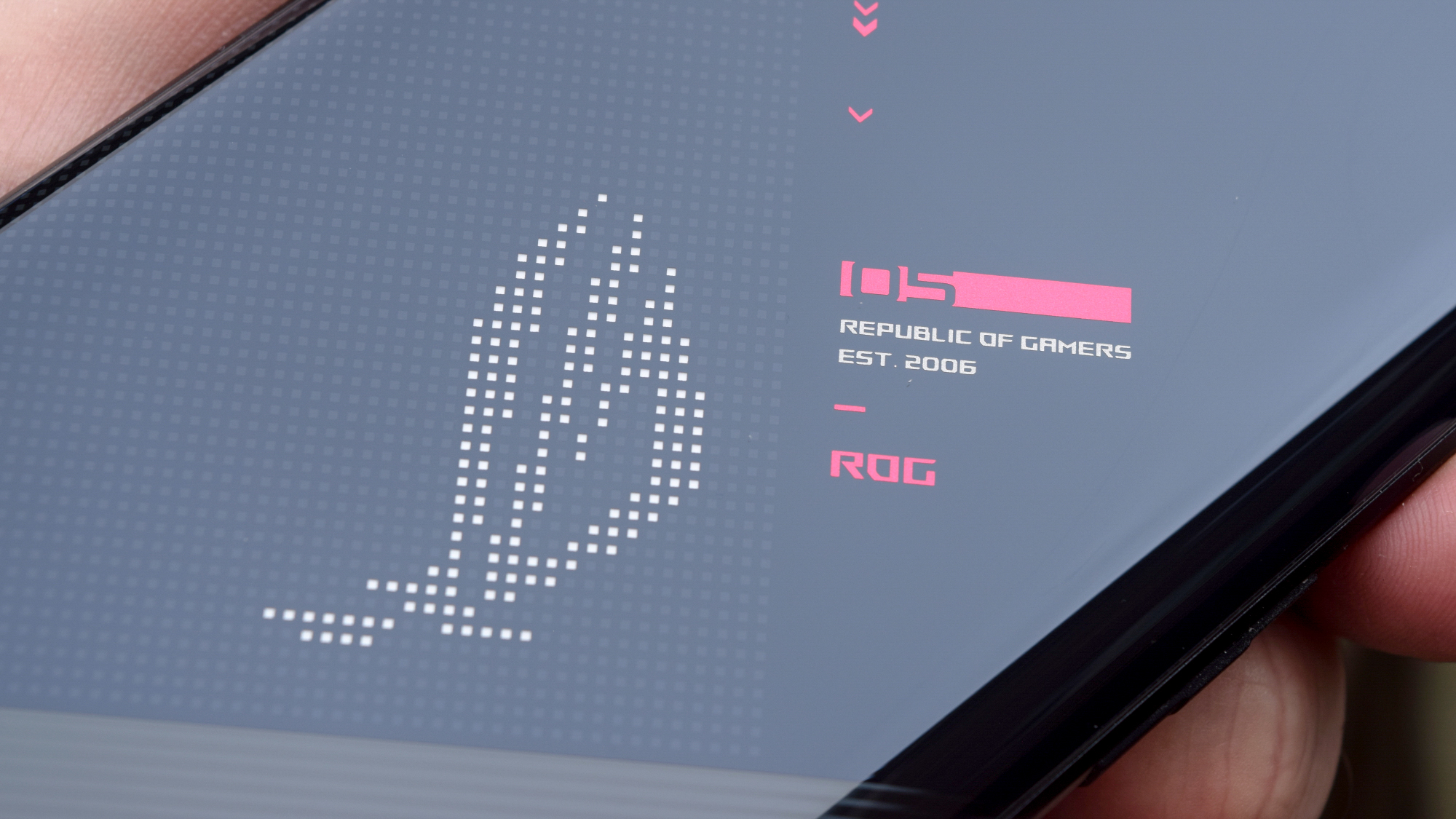
But if you’re in Android land, the new OnePlus 9 Pro matches the best gaming phone to date, the ROG Phone 5, in terms of performance while doing everything else better, too — cameras come to mind, since the ROG Phone 5’s photography performance was nothing short of atrocious.
Gaming phones: Struggling to truly stand out
In a world with a greater variety of parts available to phone manufacturers — like you see with custom gaming PCs — I think that gaming phones would stand out more. However, since the top-tier gaming phone and the highest-end flagship are both going to use the same system-on-chip (SoC), we hit a bottleneck.
For example, the OnePlus 9 Pro and ROG Phone 5 both use the Snapdragon 888, which is a great SoC. But that is the most crucial part of the equation, since the SoC also includes the GPU, which powers your games.
The differences between the two phones then come down to RAM, cooling systems, battery size and charging, and additional features or accessories. Most of these add marginal benefits, especially when mainstream smartphones start adopting some things that gaming phones pioneered (such as the OnePlus Cool Play cooling system featured on the OnePlus 9 and 9 Pro).
At first, gaming phones were interesting. They offered unique ideas about cooling, charging, screen technology, and accessories (like the ultrasonic triggers on the ROG Phones). Nowadays, though, there’s less of a lead for the gaming-specific devices because mainstream phone makers have caught onto some of the innovations.
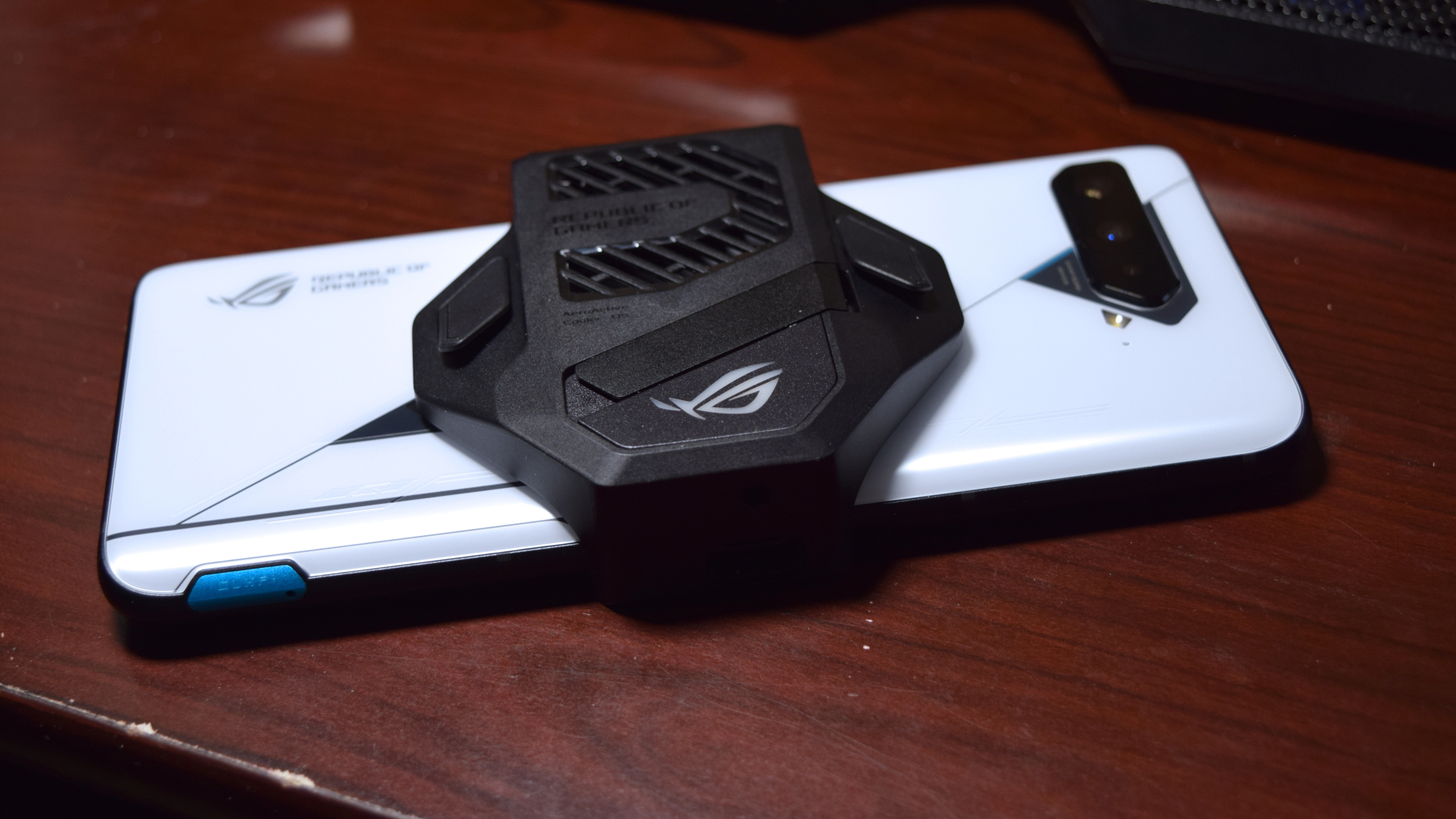
We have high refresh rate displays, super fast charging, better cooling/heat dissipation systems, and better sound setups. As it stands right now, there is no need for a gaming phone because they’re only currently pushing the boundary with how much RAM they pack in. And we can have a long chat about the true, real-world usefulness of 18GB of RAM, for instance.
Gaming phones: Outlook
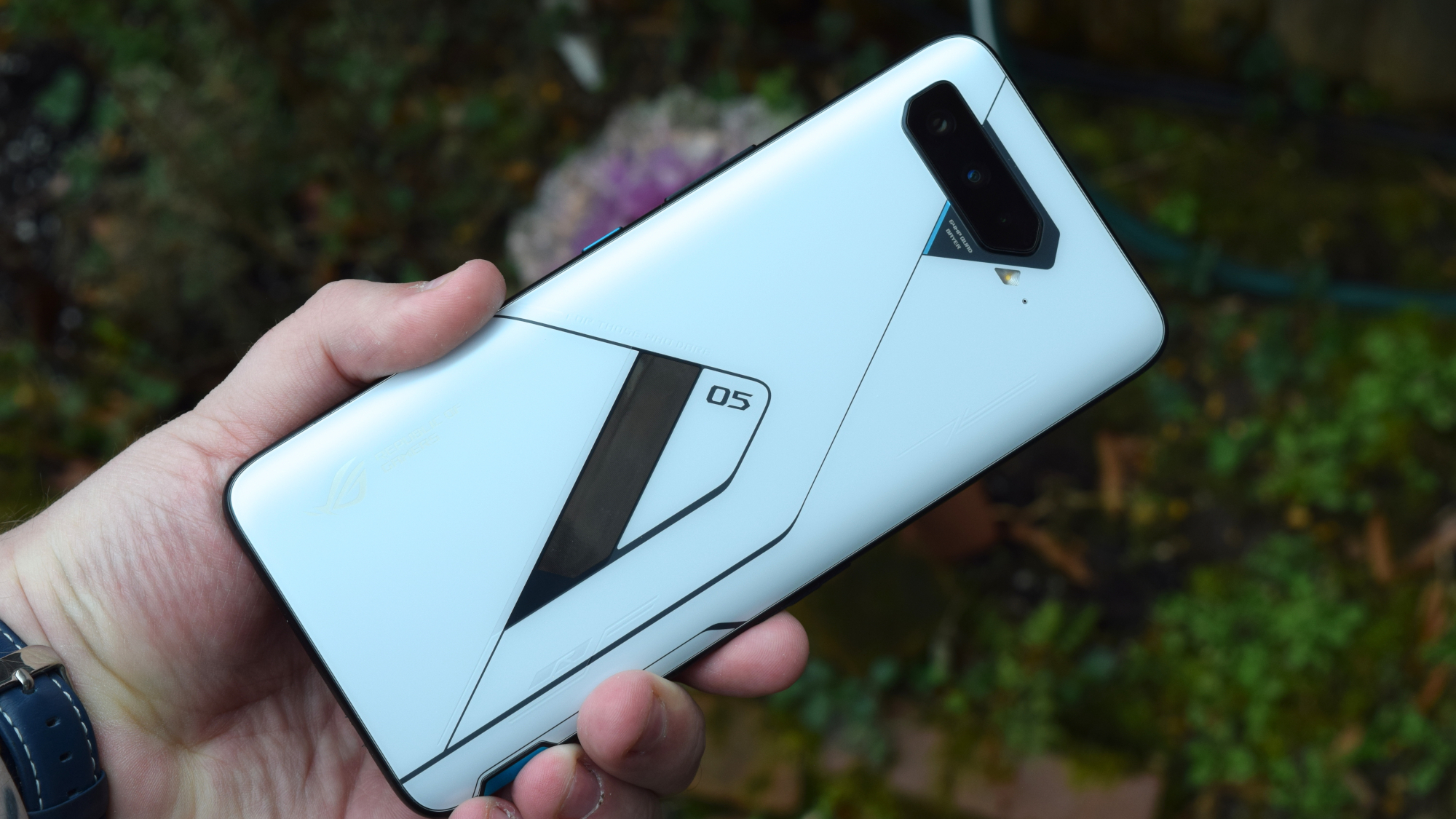
That’s not even to mention that the most mainstream phone of all is also the best mobile gaming device. In our benchmark tests, the Apple A14 silicon is still quite a ways ahead of the Android competition. Just take the iPhone 12 Pro, which netted 51 FPS in the extremely intensive 3DMark Wild Life Unlimited test. Both the OnePlus 9 Pro and ROG Phone 5 hit 34 FPS. That’s quite a significant difference and it's more than just an iPhone vs. Android debate.
I have the privilege of spending a lot of my time with many different phones and I hope to continue that for a long time. Part of the responsibility that comes with this privilege, however, is letting you all know how to make the best buying decisions.
In my personal and professional opinion, gaming phones aren’t necessary. They’re certainly nifty and cool, but they’re often big, bulky, and weak in other regards like cameras. Moreover, you can get similar gaming performance from a more mainstream smartphone, like the iPhone 12 Pro or OnePlus 9 Pro.
Sign up to get the BEST of Tom's Guide direct to your inbox.
Get instant access to breaking news, the hottest reviews, great deals and helpful tips.

Jordan is the Phones Editor for Tom's Guide, covering all things phone-related. He's written about phones for over six years and plans to continue for a long while to come. He loves nothing more than relaxing in his home with a book, game, or his latest personal writing project. Jordan likes finding new things to dive into, from books and games to new mechanical keyboard switches and fun keycap sets. Outside of work, you can find him poring over open-source software and his studies.
